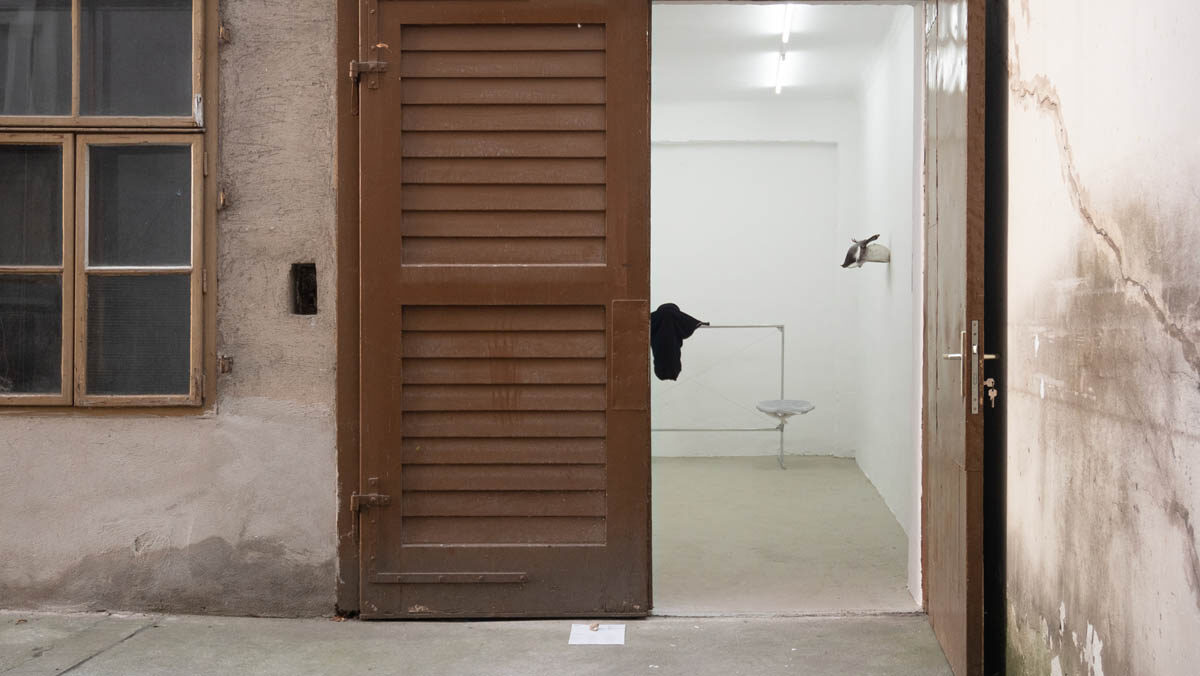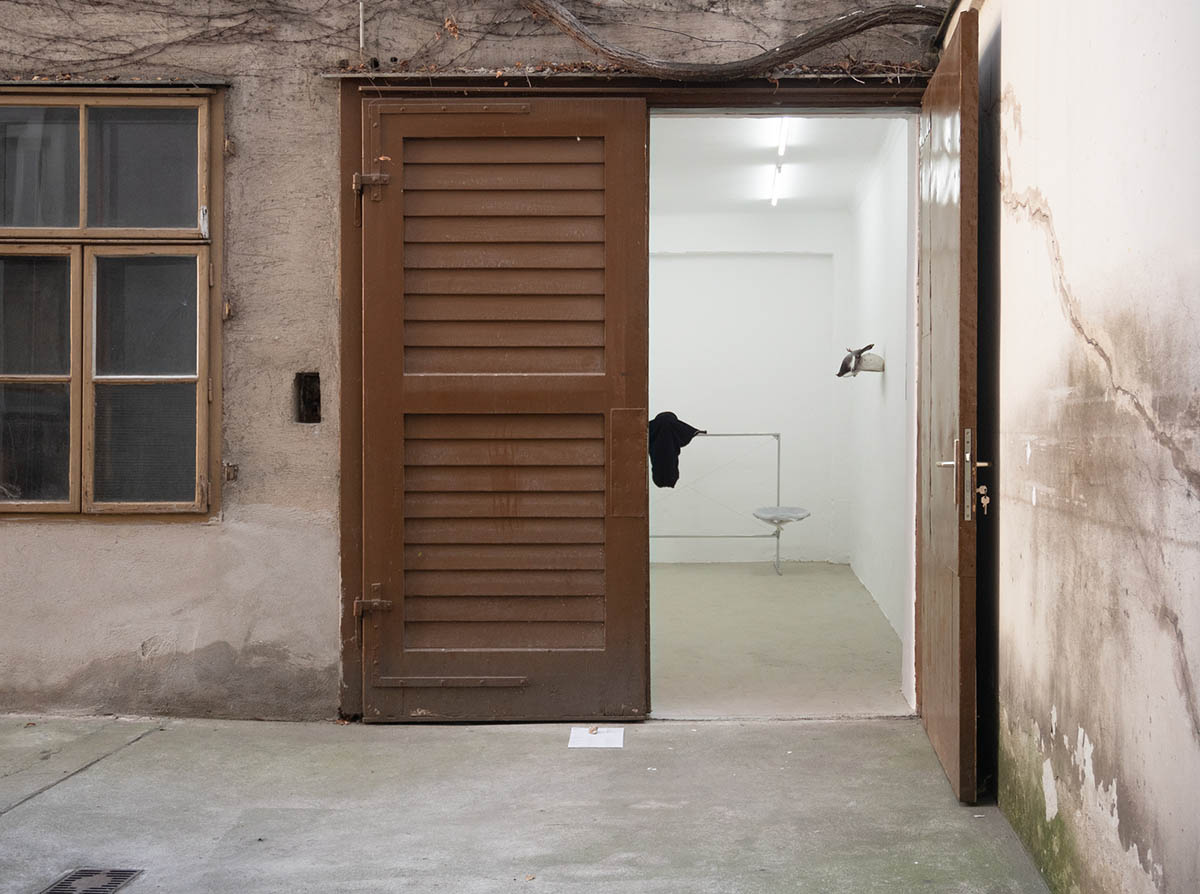
gestern hat mich eine angeschissen
bisher merk ich noch nix vom glück
noch kein geld gewonnen oder so
vielleicht werden sprichworte erst wahr wenn man dran glaubt
aber wahrscheinlich redet man sich sowas nur schön damit
ist schon eklig
hey wir haben jetzt gebucht
so ganz ab vom schuss muss ich auch nicht haben
ich brauchs schon clean
dusche, richtiges bett, essen vom teller
aber die ganze hektik mal hinter sich lassen
in etwas anderes eintauchen
sich hingeben
manchmal reden wir stundenlang nichts
können gut miteinander schweigen ja
steht auch nicht auf kuscheln im bett
viel zu heiß, dann schwitzt man nur
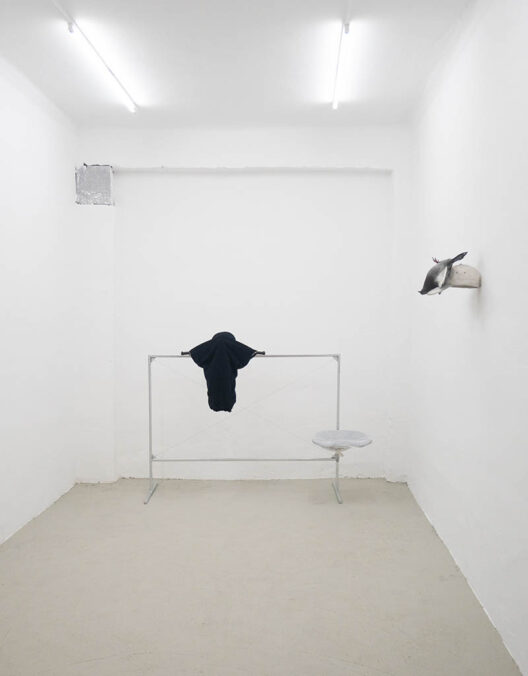
C. Tschurtschenthaler; Nature Is Mental; 2023; Cache Wien 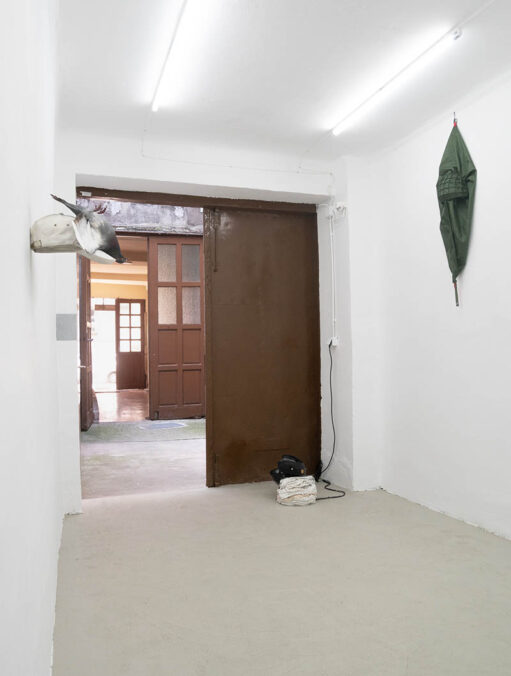
C. Tschurtschenthaler; Nature Is Mental; 2023; Cache Wien 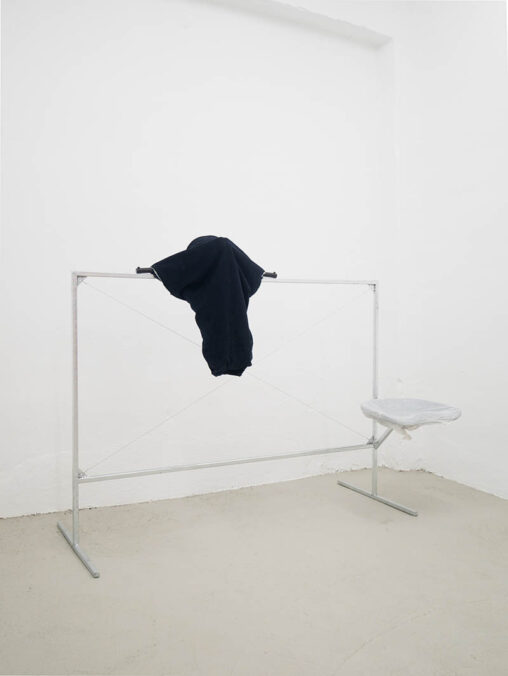
C. Tschurtschenthaler; Nature Is Mental; 2023; Cache Wien 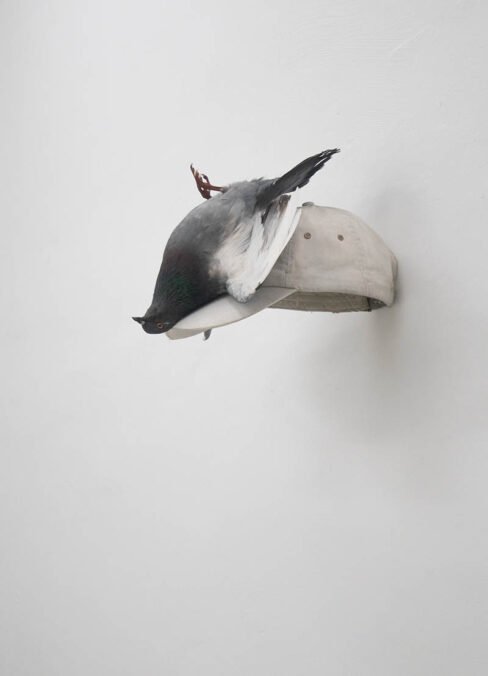
C. Tschurtschenthaler; Nature Is Mental; 2023; Cache Wien
das schlimmste ist, wenn unterwegs der akku leer geht
und dann sitzt du da
musst zuhören
kommst nicht raus
dieses geschwafel anderer leute
sogar in der ersten klasse
ich will da einfach nur meine ruhe
auf der fahrt nach berlin
habs fast nicht ausgehalten
hoody an, kapuze rauf und kopf ans fenster
war dann noch ein wilder abend
bisschen um die häuser geflogen
hat zwar geregnet war aber egal
kommt eh alle zwei meter irgend ne bar
preise für öffis sind auch voll ok
überall hundescheiße halt
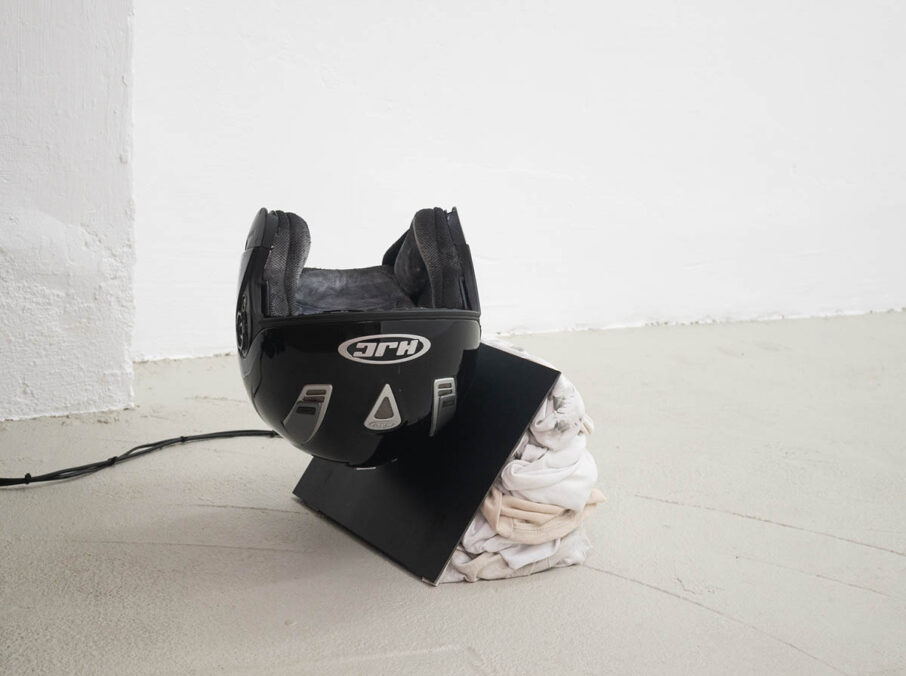
C. Tschurtschenthaler; Nature Is Mental; 2023; Cache Wien 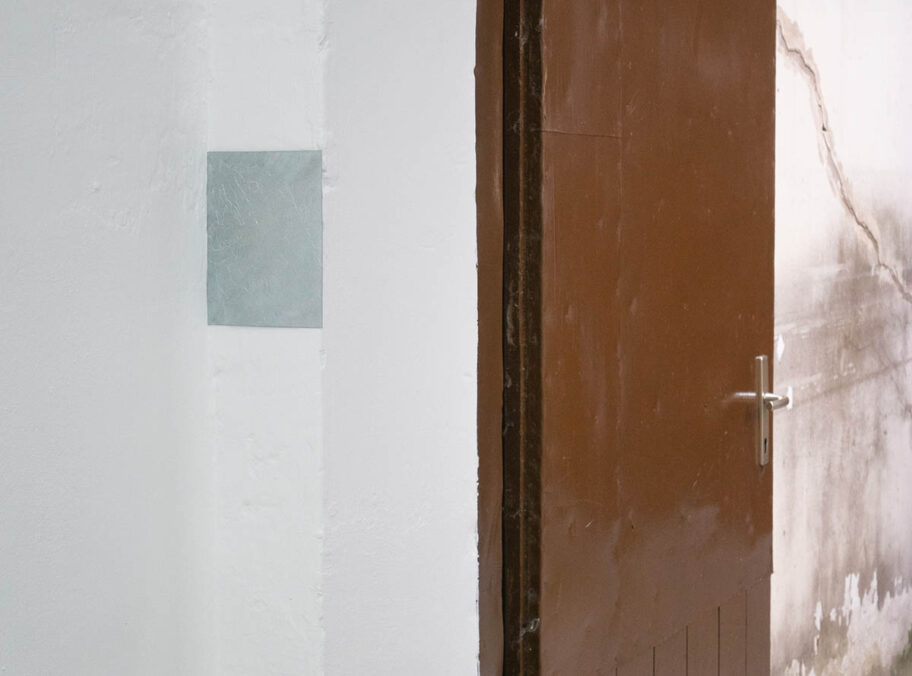
C. Tschurtschenthaler; Nature Is Mental; 2023; Cache Wien
schau mal da drüben
hast du die story mitbekommen?
kann ich ja garnichts mit anfangen
hab eh das gefühl alles geht den bach runter
was ist eigentlich los hier?
wer passt noch auf dich auf wenn du alt wirst?
oder was?
manchmal da bin ich mir nicht sicher
dann ist es so als ob ich nicht alleine wär
ich hör dann immer die worte von der oma
wenns draußen kalt ist, zieh drinnen die jacke aus
jedenfalls, verstehst du was ich meine?
so eine unklare aber starke ahnung
und dafür brauchst du auch niemand sonst
dass am ende doch alles gut wird
fast schon eine spirituelle erfahrung
Ausstellung: Clemens Tschurtschenthaler – Nature Is Mental
Adresse und Kontakt:
Cache Wien
Millergasse 20, 1060 Wien
www.instagram.com/cache.wien/
Clemens Tschurtschenthaler – www.clemens-tschurtschenthaler.com



